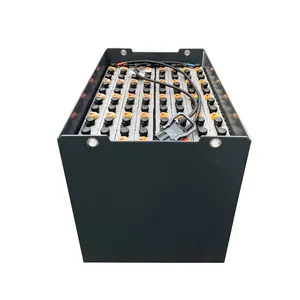
All categories
Featured selections
Trade Assurance
Buyer Central
Help Center
Get the app
Become a supplier














Từ áo khoác và chốt khóa đến khóa kéo, chúng tôi có pin saft bán buôn cho nhiều nhu cầu thắt chặt. Các neo của vách thạch cao được thiết kế để chống lại tải trọng kéo, và chúng xuyên qua tường kết cấu phía sau vách thạch cao. Vít neo vách thạch cao có đầu dạng bầu, giúp vít ăn sâu vào tường khi được giữ chắc chắn. Chúng có nhiều keyword vật liệu khác nhau, bao gồm cả tấm kim keyword và bê tông. Bu lông chuyển đổi là một giải pháp thay thế cho vít hoặc đinh tạo thành mối nối trên vật liệu tấm và nó thường dùng để buộc chặt các vật bằng gỗ.
Bạn cũng có thể tìm thấy các keyword vít khác như chốt cotter và chốt đinh ghim. Ghim cotter là một keyword dây buộc ở dạng một miếng kim keyword tròn có chia hoặc cotter. Nhiều cách sử dụng khác nhau cho chốt cotter bao gồm giữ trục khuỷu tại chỗ trong động cơ ô tô. Những dây buộc như vậy giúp bạn làm việc nhanh chóng để cố định một số bộ phận của máy móc một cách hiệu quả. Một keyword ốc vít khác mà bạn có thể lấy từ Alibaba.com là vít trễ. Đây là keyword vít ren thô, lớn có đầu hình lục giác được sử dụng trong các ứng dụng đòi hỏi độ bền cao hơn hoặc khả năng chịu cắt.
Các keyword ốc vít khác, còn được gọi là ốc vít cơ khí, bao gồm ống lót, chốt giữ, chìa khóa , kẹp, dây đai, lò xo và kẹp. Chúng tôi có pin saft cho mọi thứ, từ lắp ráp máy móc lớn đến lắp dựng các khung nhỏ với tính toàn vẹn của cấu trúc.